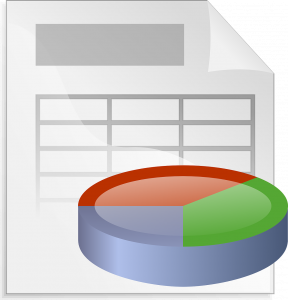Chapter 9: Towards the Well-Researched Paper
Data and Statistics

When you are examining the Occupy Wall Street page, you may collect data of your own. For instance, you could count insular comments and comments broader in scope, then compare the two numbers. The comparison will tell you something about the specific document you are examining.
However, while our data will be useful in a discussion of our specific evidence, it may not help as much when we go to connect our primary document to our broader subject matter. That is where other people’s data and statistics will come in handy. Say Author E has made an exhaustive study of how American political activists use Twitter. The subject matter of his paper is not exactly the same as yours, but his statistics may be used to corroborate yours (if they seem to support what your own data and observations reveal), contrast yours (perhaps Twitter and Facebook operate in different enough ways that it will be instructive for you to examine the differences between the two sets of data), or contextualise yours (if the statistics are broad enough for your data to fit within them).

A statistic is not the same thing as an inarguable fact; data can be manipulated or presented in biased ways. It is therefore important not simply to present statistics and move on but instead carefully examine the works in which they appear. Where is Author E getting his data? Does he present it confidently or cautiously? Does he cite the statistics of others, or does he allow his statistics to stand alone? Always ask questions about the material you cite, and always be aware that this material is being presented by human beings, not machines. Like you, the authors on whom you are drawing are interpreting the material at hand, not simply announcing a series of facts.

